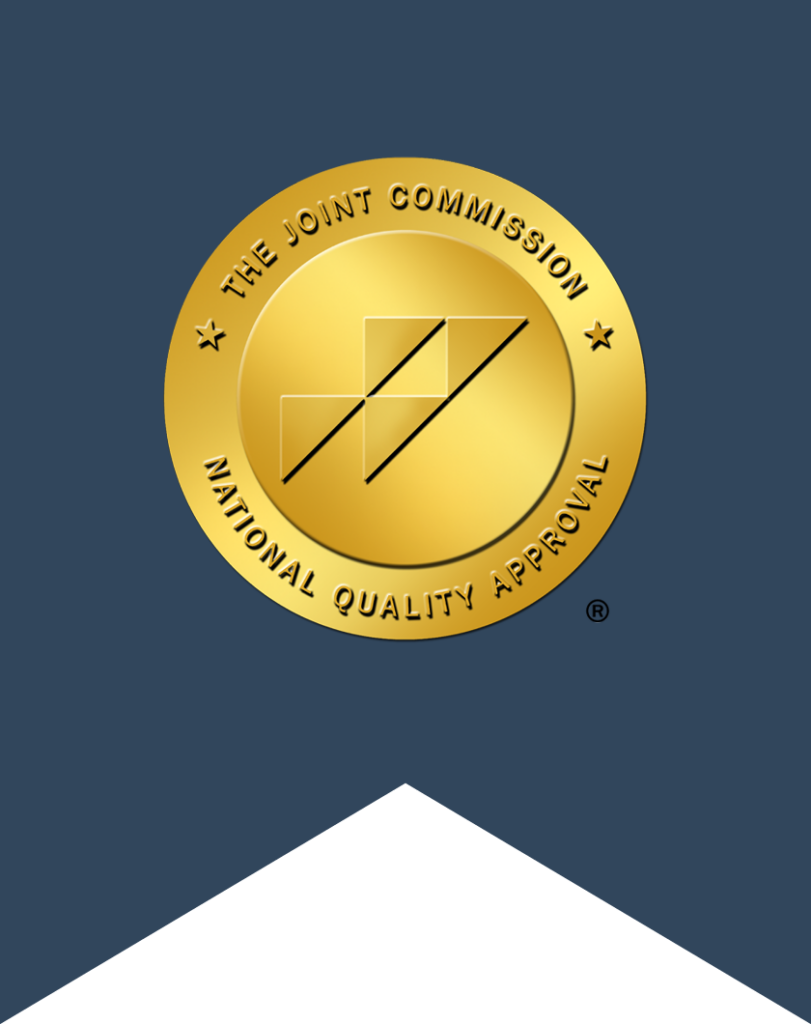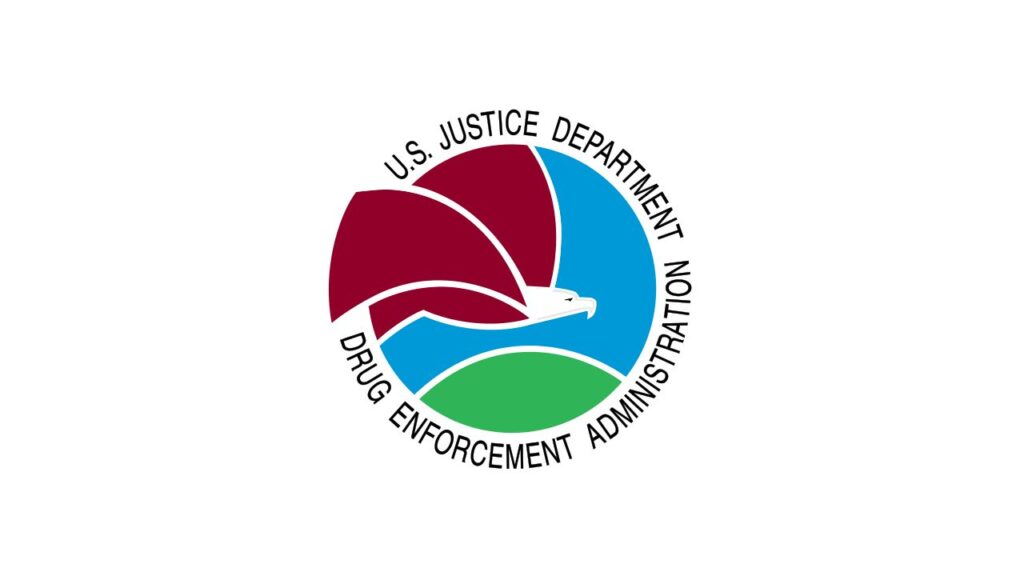The Drug Enforcement Administration, commonly known as the DEA, plays a crucial role in the United States’ efforts to combat drug trafficking and substance abuse. As a federal law enforcement agency under the U.S. Department of Justice, the DEA’s reach extends far beyond American borders. This article delves into the DEA’s mission, history, authority, and its impact on drug policy and public health.
The DEA’s Mission and Authority
Established in 1973 by President Richard Nixon, the DEA’s primary mission is to enforce the controlled substances laws and regulations of the United States. The agency works to bring to justice organizations and individuals involved in the growing, manufacture, or distribution of controlled substances appearing in or destined for illicit traffic in the U.S.
The DEA’s authority stems from the Controlled Substances Act of 1970, which gives the agency the power to:
- Investigate violations of federal drug laws
- Seize assets connected to drug trafficking
- Coordinate with state, local, and international law enforcement agencies
- Manage a national drug intelligence program
- Establish and maintain drug schedules
Major Responsibilities and Operations of the DEA
The DEA’s work encompasses a wide range of activities aimed at reducing drug availability and abuse in the United States. Some of its key responsibilities include:
Drug Crime Investigations
The agency conducts complex criminal investigations targeting high-level drug traffickers, money launderers, and those involved in the diversion of licit drugs. These investigations often involve extensive surveillance, undercover work, and coordination with other law enforcement agencies.
Intelligence Gathering and Sharing
The DEA operates a sophisticated intelligence network to collect, analyze, and disseminate drug-related information. This intelligence supports both domestic and international counter-drug efforts.
International Operations
With offices in over 50 countries, the DEA works closely with foreign governments to disrupt drug trafficking operations before they reach U.S. shores.
Diversion Control
The DEA regulates the manufacture, distribution, and dispensing of controlled substances. This includes monitoring the pharmaceutical industry to prevent the diversion of legal drugs into illicit channels.
Drug Scheduling and Classification
One of the DEA’s most significant responsibilities is the classification of drugs into schedules. This system categorizes substances based on their medical use, potential for abuse, and safety under medical supervision.
The five schedules are:
- Schedule I: Drugs with no accepted medical use and high potential for abuse (e.g., heroin, LSD)
- Schedule II: Drugs with high potential for abuse but with accepted medical uses (e.g., oxycodone, methamphetamine)
- Schedule III: Drugs with moderate to low potential for physical and psychological dependence (e.g., anabolic steroids, ketamine)
- Schedule IV: Drugs with low potential for abuse and low risk of dependence (e.g., Xanax, Valium)
- Schedule V: Drugs with lower potential for abuse than Schedule IV (e.g., cough preparations with small amounts of codeine)
This scheduling system informs law enforcement priorities, research regulations, and medical prescribing practices.
The DEA’s Role in Addiction Prevention and Treatment
While the DEA’s primary focus is law enforcement, the agency also contributes to addiction prevention and treatment efforts. These initiatives include:
- Supporting drug education programs in schools and communities
- Partnering with healthcare providers to promote responsible prescribing practices
- Participating in national take-back events for unused prescription medications
- Collaborating with public health agencies to address the opioid crisis
The DEA recognizes that reducing drug demand through prevention and treatment is as crucial as disrupting supply through enforcement actions.
The Evolution of the DEA
The Drug Enforcement Administration stands at the forefront of America’s efforts to combat drug trafficking and abuse. Its wide-ranging responsibilities—from international drug interdiction to domestic law enforcement and drug policy implementation—make it a key player in shaping the nation’s approach to controlled substances.
As the landscape of drug use and trafficking continues to evolve, so too will the DEA’s strategies and priorities. Understanding the agency’s role is crucial for anyone interested in drug policy, law enforcement, or public health.
Get Help Today
If you or someone you know is struggling with substance abuse, help is available. At Destination Hope, we provide comprehensive addiction treatment programs tailored to individual needs. Don’t wait to start your journey to recovery.
Call us today at 954-302-4269 to learn more about our treatment options and take the first step towards a drug-free life.

